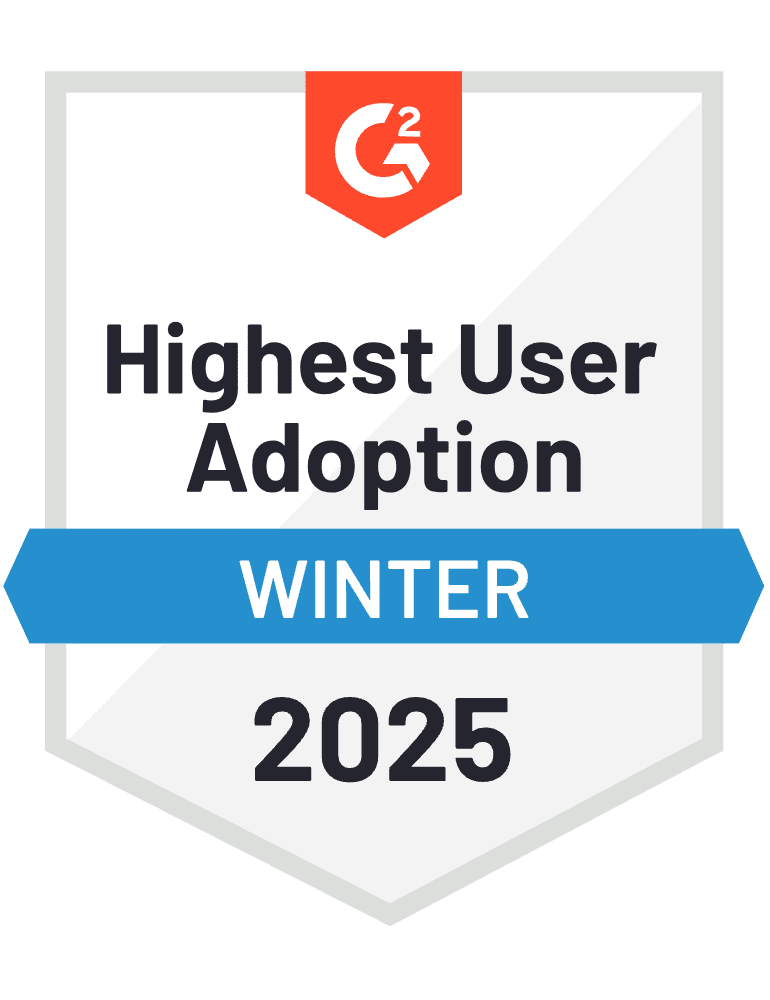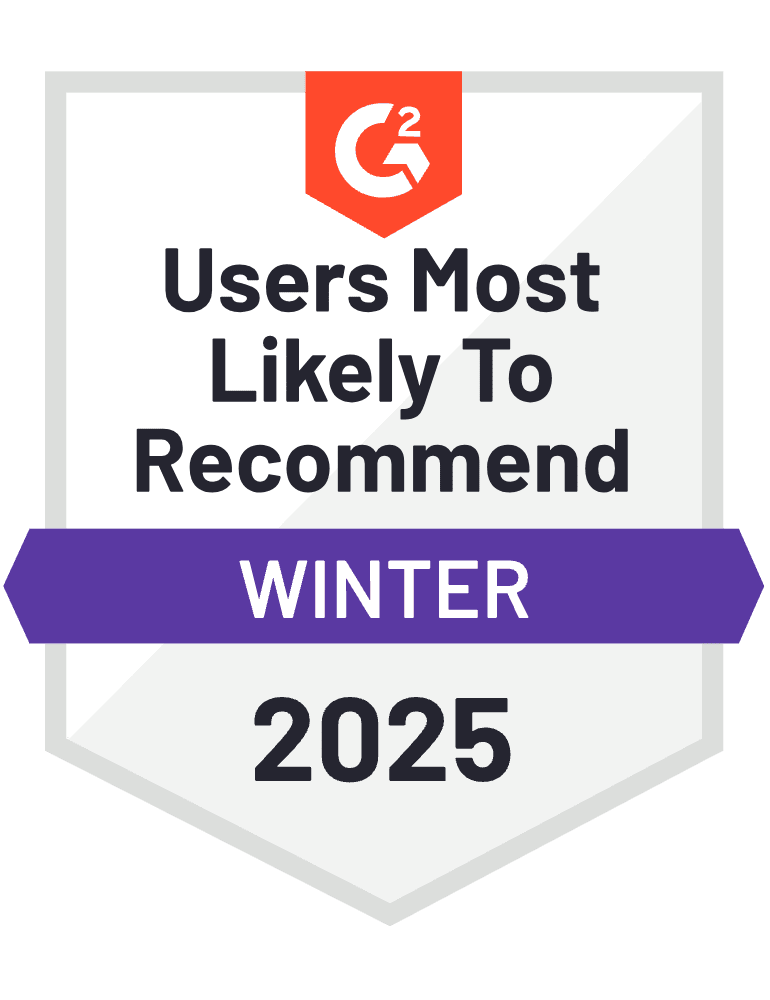
In a world ruled by technology, simply being aware of marketing trends is not enough. Understanding their intricacies and how to use them in your 2019 marketing plan is critical to your success this year. We’ve outlined the top marketing trends of 2019 and how to use them to stay ahead of your competition!
Marketing’s funnel is changing
The current marketing funnel is made up of mass email and social media blasts, accepting anyone and everyone that comes through. Now, marketers realize they need to target niche audiences that will lead to a conversion. Reaching out to people that are more likely to be receptive to your brand is more cost efficient, less time consuming and more sustainable in the long run.
John Hall writes in Forbes:
“Too many companies see customers as gatekeepers to wallets; meanwhile, customers feel ignored at best–and insulted at worst–when the journey ends.”
Data drives marketing
To be a successful marketer, you must be able to measure your strategies. Without measuring your data, you won’t know what’s working and what’s not and how to move forward. The more channels and platforms you are using, the more access you have to data. Using data as part of your marketing strategy can also help you improve your customer experience, using personalized ads to create even more effective tactics to reach the right audience for your organization.
Rise of native advertising
In a 2017 report, 54 percent of companies were using native advertising, and 38 percent were likely to do so in the future. Some examples of native advertising are paid search ads, promoted listings and in-feed ads. These ads often have a headline and description to entice users to click on the link, which leads them to sponsored content. Consumers have become more skeptical of sponsored content with the infinite number of ads they’re exposed to every day, but they’re more receptive to material that blends in with the website’s editorials. This form of advertising is also a loophole for ad blockers, which are on 615 million devices. Native advertising is undetectable, allowing businesses to reach a wider audience.
SEO goes mobile
It’s been several years since Google revealed that cellular search activity was beginning to outpace desktop searches. A recent study by BrightEdge Research claims that Google search is now 57 percent mobile. Google’s implementation of a mobile-first index means that your website needs to be as mobile-friendly as possible. To be successful, your organization needs to create a linear, step-by-step pathway for customers and prospects. Each section should only contain a few choices for users.
Influencer marketing goes micro
According to Smart Insights, a micro-influencer’s followers are there for the influencer’s content, which provides an organic way for your brand to drive engagement with your company’s content initiatives and messages. Where these influencers offer the most value is by collaborating with your company and distributing your content. CMO reports that micro-influencers are often more willing to work with you, which can boost engagement by creating authenticity and credibility. Establishing relationships with these influencers is key to your marketing strategy. For example, with one influencer, you can conduct an interview, they can write a guest post for your blog, review your company, or even sign up to try out your product or service. The possibilities are endless!
It’s time to focus on Gen Z
Gen Z is starting to enter the workforce and possess buying power. You might remember how tough it was to understand millennials, but now it’s time to switch gears to Gen Z. It’s impossible to generalize this generation just yet, but there are two things to keep in mind: they are big fans of socially responsible businesses and they seek authenticity. Targeting them via social media versus direct mail and emails is also vital to engagement. And forget about Facebook altogether. Gen Z is on YouTube, Instagram and Snapchat. They are also a highly visual generation, so the more video, the better.
Video is the name of the game
Video consumption is not slowing down. In 2019, video is expected to account for 85 percent of total internet traffic, including both live video and video ads. YouTube and Instagram are the main channels for this phenomenon. This past year, 65 percent of ad impressions on Instagram were driven by video, and this number is only expected to increase going forward. YouTube is also second to Google as the world’s largest search engine. Both of these statistics should entice marketers to run as many ads as possible on these channels to drive engagement.
Optimize content for voice search
According to Chief Marketer, by 2020 it’s expected that 50 percent of all searches will be voice searches, and by 2022, voice commerce sales will reach $40 billion. This year, consumers will be able to do more voice searches, so marketers need to be up-to-date with voice-activated search ads. User interface platforms like Alexa, Google Home and Siri will become the new battleground for dominance. As search engines grow (i.e., Google accounting for 90 percent of all search traffic) it’s increasingly crucial that marketers use tags for every piece of content they put out and include alt-text and meta descriptions. Without these tools, your site traffic will drop fast as search engines use these pieces of information to categorize and provide your content to users.
Until next time!
Critical Mention

Jolie Shapiro
Passionate about all things communications, Jolie found her dream job as a copywriter with Critical Mention, where she’s continuing her passion for writing and editing. With a background working for high-profile clients in the financial, hospitality and technology industries, she’s excited to bring her experience to Critical Mention. When she’s not writing, you can find her at music festivals, hiking or snowboarding.








